Japan’s decision to dump the treated radioactive water accumulated at the Fukushima Daiichi Nuclear Power Plant into the sea after the tsunami in 2011 was followed on the edge by the whole world. Despite the reaction of many countries to this decision of Japan, Japan did not take a step back and discharged the radioactive waste water into the ocean. Before and after the event, warnings from environmental organizations and country representatives about the environmental massacre and the end of life had entered the world’s agenda in the first place.
The first statement came from the Japanese front against the scandalous event.
“IN SAFE BOUNDARIES”
The plant operator TEPCO, which started to discharge the treated radioactive waste water accumulated in the Fukushima Daiichi Nuclear Power Plant in Japan, into the sea, announced that the radioactivity level in the water samples taken from the open waters of the region is within safe limits.
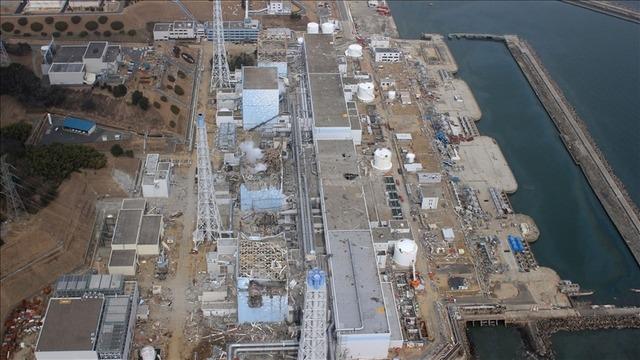
After the 9 magnitude earthquake and tsunami that occurred in Japan in 2011, the first test results came from the region after the treated radioactive waste water accumulated at the Fukushima Daiichi Nuclear Power Plant started to be discharged into the sea. TEPCO, the Japanese electric power company and power plant operator, which took water samples from 10 different regions 3 kilometers away from the power plant on Thursday, announced that the radioactivity level in the samples examined was within safe limits. TEPCO spokesperson Keisuke Matsuo said at the press conference that the values seen in the samples are below 1,500 becherels per liter (1,500 bq/L). Noting that the determined value is well below the national safety standard of 60,000 becherels (60,000 bq/L), Matsuo stated that TEPCO will continue to conduct water analyzes every day for the next month.
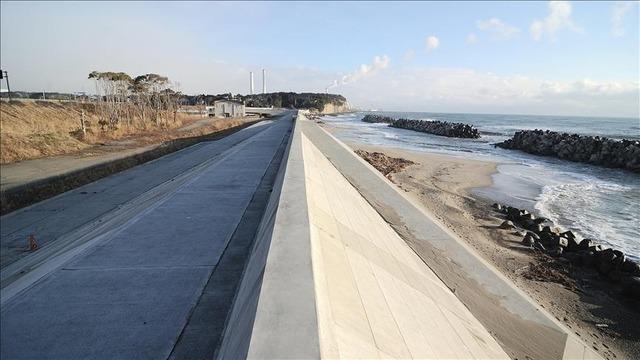
TEPCO also shared the footage of the moments when the treated radioactive wastewater started to be discharged from the nuclear power plant to the ocean and the moments when the water was sampled from the offshore waters after the discharge.
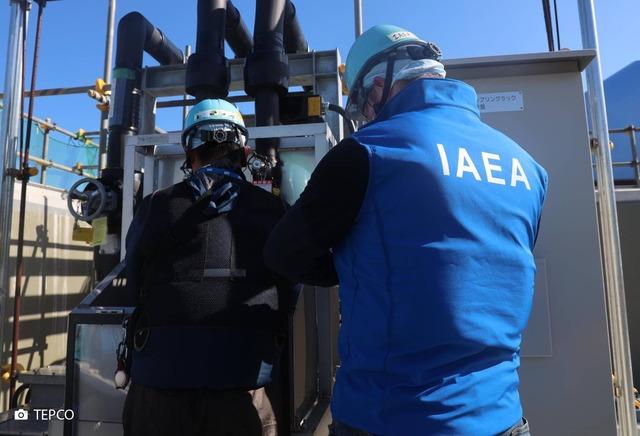
HOW WAS WATER WITH NUCLEAR POLLUTION?
Three reactors at Japan’s Fukushima Nuclear Power Plant were damaged by the tsunami after the earthquake in 2011, and nuclear meltdown began in the reactors. The water used for cooling and coming into contact with the radioactive fuel rods in the reactors has been stored in the power plant area until now. In line with the plan approved by the IAEA, the Japanese authorities started to clean the water and release it into the ocean from the 1 km long tunnel that passes through the ocean as of yesterday.
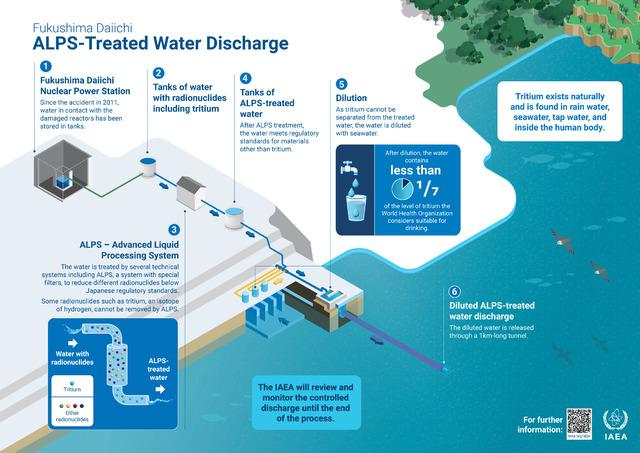
INTERNATIONAL ATOM ENERGY AGENCY IS FOLLOWING THE EVENT CLOSELY
The International Atomic Energy Agency (IAEA) gave a guarantee by stating that they closely followed the operation of cleaning the water containing nuclear pollution stored in the Fukushima nuclear power plant and releasing it into the ocean as of yesterday. The IAEA emphasized that the tritium level, which is harmful to human health, in the samples taken from the cleaned water is well below the normal values.
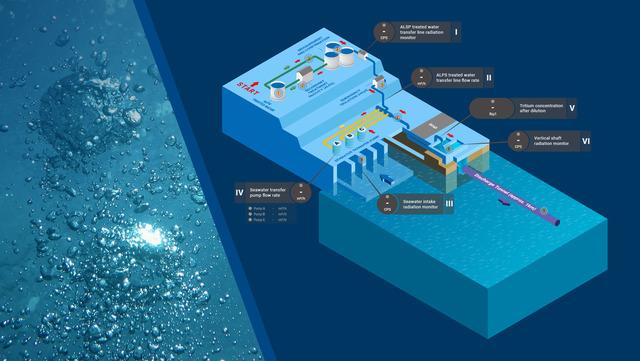
IAEA Director-General Rafael Mariano Grossi underlined that IAEA experts are on the ground to serve as the ‘eye of the international community’ and ensure that the evacuation is carried out as planned in accordance with IAEA safety standards.
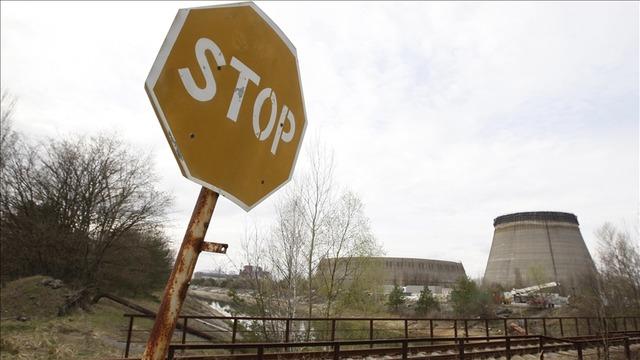
FUKUSHIMA REACTION FROM CHINA TO JAPAN: “SELFISH AND INSURANCE”
China’s Ministry of Foreign Affairs condemned Japan’s start of dumping radioactive wastewater accumulated at the Fukushima Daiichi Nuclear Power Plant into the ocean. The General Administration of Customs of China, on the other hand, announced that seafood imports from Japan were stopped.
In a statement made by the Chinese Ministry of Foreign Affairs, the Japanese government reacted to the fact that the radioactive waste water accumulated as a result of the 2011 earthquake and tsunami at the Fukushima Daiichi Nuclear Power Plant began to discharge into the Pacific Ocean.
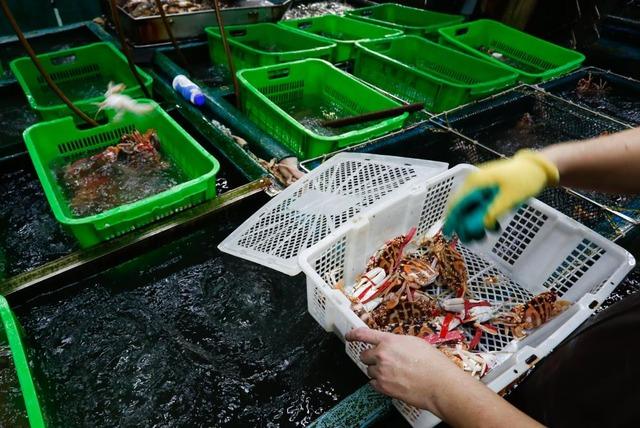
Emphasizing that Beijing will take all necessary measures to protect the food safety and health of the Chinese people, the statement said, “China steadfastly opposes and strongly condemns Japan’s initiative. China has made an official attempt at the Japanese side to stop this wrong action.” .
In addition, China issued a protest note to Japan over its decision to discharge radioactive wastewater from the Fukushima Intra-Dai Nuclear Power Plant into the ocean from August 24.
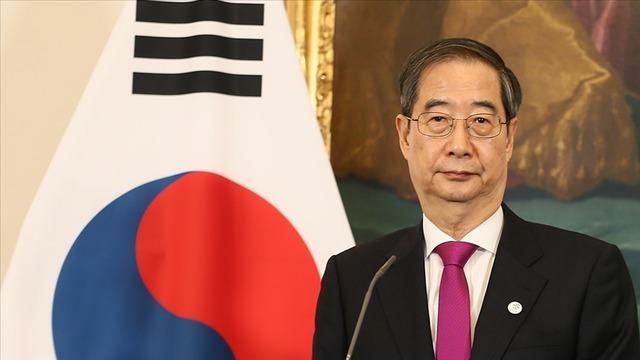
A CALL TO BE ‘TRANSPARENT’ FROM SOUTH KOREA TO JAPAN
South Korean Prime Minister Han Duck-soo has announced in a “transparent” way the information regarding the discharge of radioactive wastewater from Japan’s Fukushima In-Dai Nuclear Power Plant, which was damaged in the tsunami after the earthquake in 2011, and will continue for about 30 years. called.

THE NUCLEAR FACILITY HAS HAPPENED
In the Fukushima Nuclear Power Plant accident, the biggest nuclear disaster after the Chernobyl disaster, radiation leakage occurred as a result of the melting of 3 nuclear cores after the 9-magnitude earthquake and tsunami in 2011. Thousands of people were evacuated from the region due to the security risk, and it was announced that 1.3 million tons of radioactive waste water was generated after the accident. After a long research process, the Japanese government decided to treat the wastewater in accordance with international standards and discharge it into the sea. The evacuation, declared by the International Atomic Energy Agency (IAEA) to comply with international standards, started on Thursday, August 24. The evacuation plan drew the reaction of some segments, including fishermen in the country and China. In the first stage, a total of 31,200 tons of radioactive waste water is planned to be discharged into the ocean until March 2024, 7 thousand 800 tons in 17 days. It is expected that it will take 30 years to complete the discharge process, as a large amount of treated water cannot be discharged at once within the scope of safety procedures. (UAV)
